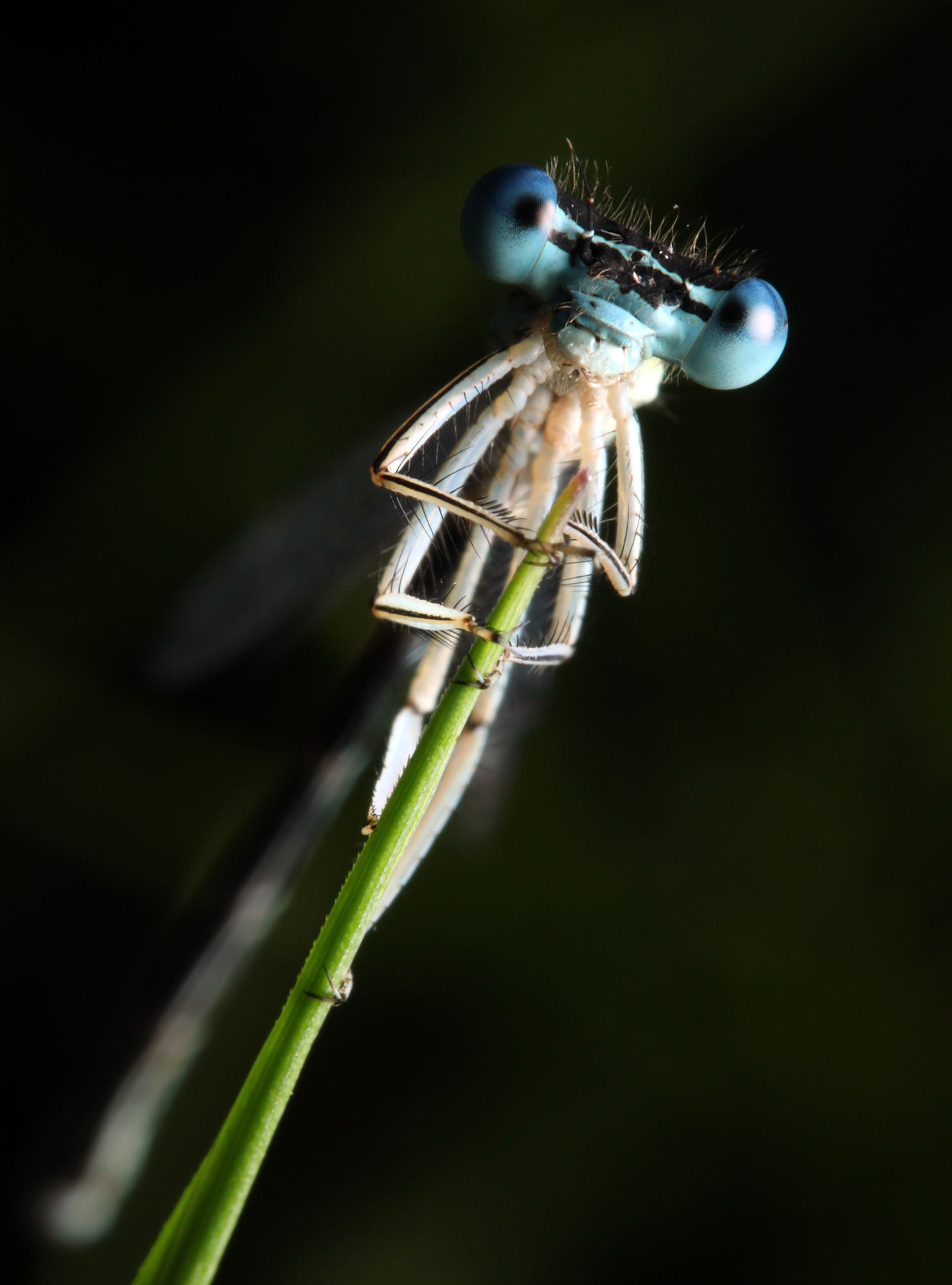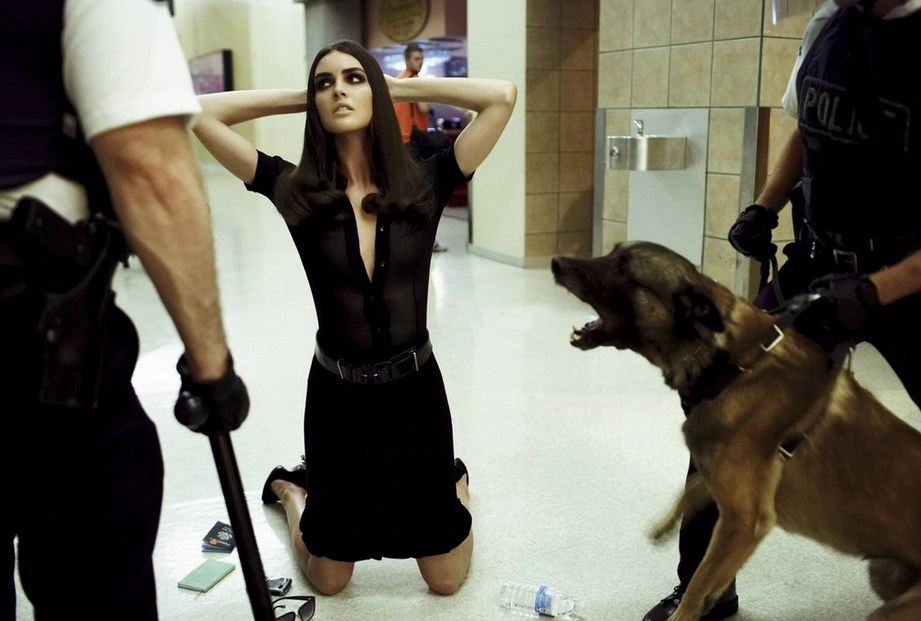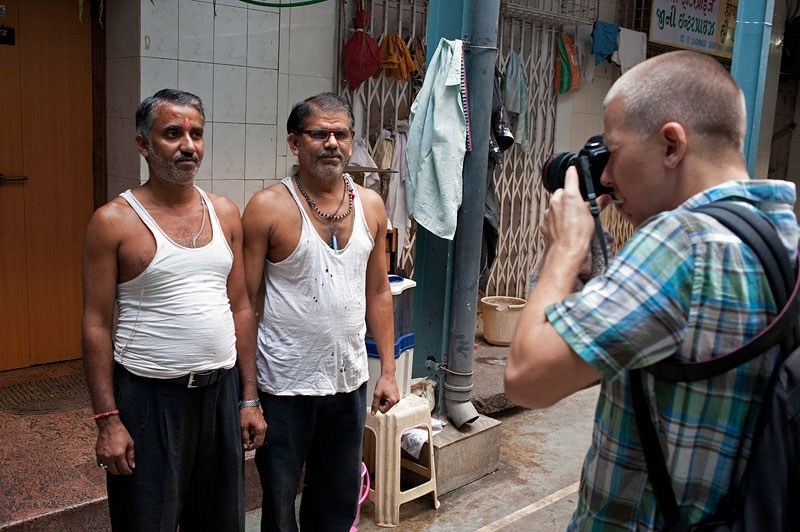most of their
SIX FUNDAMENTAL MACRO PRINCIPLES
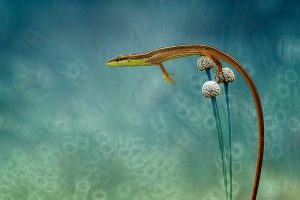 Macro photography is sometimes mistakenly called “close-up photography” in photography. This statement cannot be considered fundamentally false, but if you use it, then very many may consider you an amateur. In the classical sense, macro photography is called shooting at a scale of 1: 2 – 20: 1 (that is, 1 centimeter of the image on the photosensitive material of the camera corresponds to 2-0.05 centimeters of the object). As a rule, macro subjects are very small – most often they are insects or flowers.
Macro photography is sometimes mistakenly called “close-up photography” in photography. This statement cannot be considered fundamentally false, but if you use it, then very many may consider you an amateur. In the classical sense, macro photography is called shooting at a scale of 1: 2 – 20: 1 (that is, 1 centimeter of the image on the photosensitive material of the camera corresponds to 2-0.05 centimeters of the object). As a rule, macro subjects are very small – most often they are insects or flowers.
Larger objects can also be interesting for macro shots if, for example, a photographer wants to focus on some very specific, smaller details of a large object. Continue reading
HOW TO USE A TELECONverter
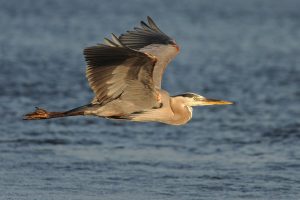 What is a teleconverter?
What is a teleconverter?
Tele-converter (English sec. TS) is an additional optical system that is fixed between the camera body and the main lens. The purpose of the teleconverter is to increase the effective focal length of the primary lens. TSs are characterized by a magnification factor that varies from 1.2x to 3.0x (the most common are 1.4x and 2.0x). For example, for a telephoto lens with a focal length of 300 mm f / 2.8, a 2.0x tele-converter will double the focal length and reduce the maximum aperture by two full stops, resulting in a focal length of 600 mm f / 5.6. Teleconverters have the same effect on the zoom lens – the entire zoom range will be increased, and the maximum aperture will be reduced. For example, a 1.4x TC turns a lens with a focal length of 70-200 mm / 2.8 into a lens with 98-280 mm / 4.0. Continue reading
PHOTOGRAPHER DRAGONFLY WITHOUT Tears
 For wildlife photography, it’s important to have a good look at the living creatures you are about to shoot. The variety of shapes and colors of the same dragonflies is simply amazing. Their life cycle is associated with water, they usually live near rivers, lakes and swamps. What you need to know and do to get great pictures of dragonflies that will interest many – from children to people involved in odonology.
For wildlife photography, it’s important to have a good look at the living creatures you are about to shoot. The variety of shapes and colors of the same dragonflies is simply amazing. Their life cycle is associated with water, they usually live near rivers, lakes and swamps. What you need to know and do to get great pictures of dragonflies that will interest many – from children to people involved in odonology.
how to photograph dragonflies
Learn dragonfly behavior
If you want to photograph fixed dragonflies, it is best to get up early in the morning or wait until the end of the day. When the sun has already risen and the temperature rises, these insects are mostly active and fly very quickly. But at dawn or at dusk, you can get close enough to them and have a good macro shot. Continue reading


